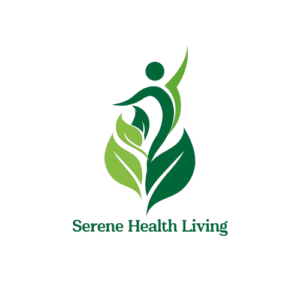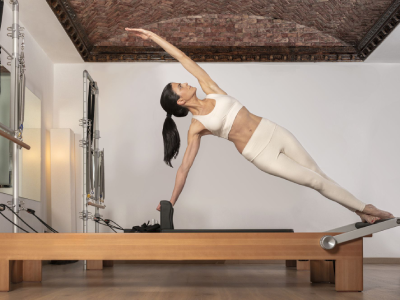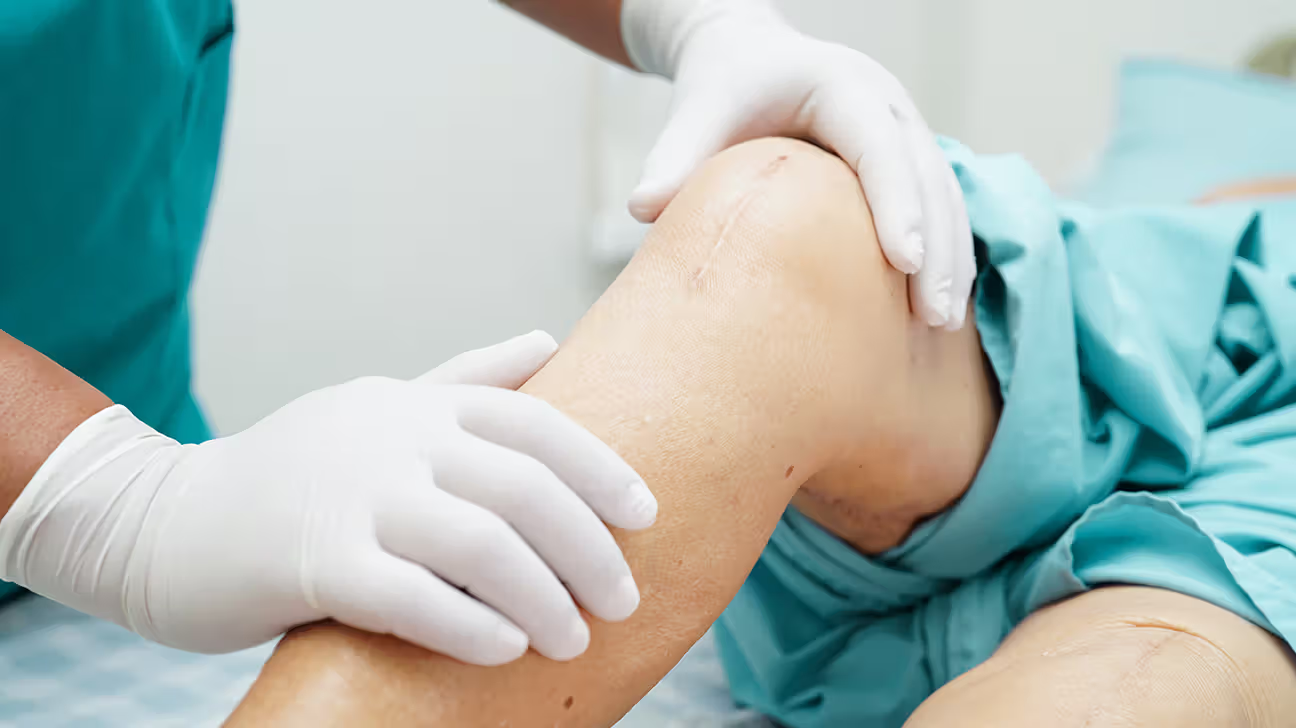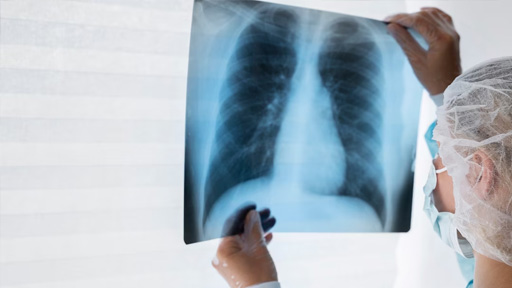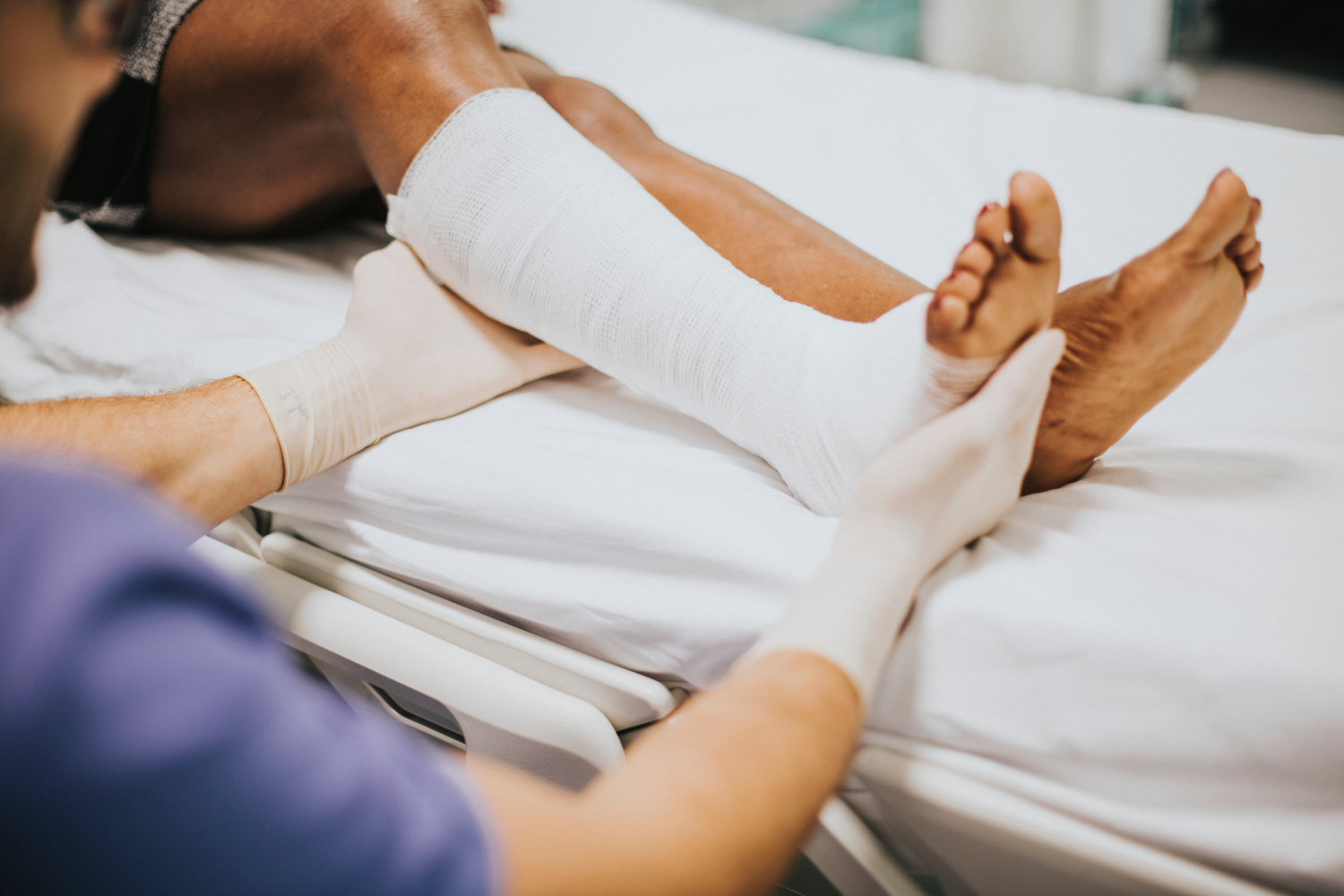Pilates offers a unique approach to exercise that combines both physical and mental elements to promote overall wellness. This dynamic mind-body workout focuses on controlled movements, core strength, and enhanced flexibility. With the rising interest in holistic fitness, more people are turning to Pilates as a means to not only tone their bodies but also to achieve a greater sense of balance and inner peace. The benefits of Pilates extend beyond simple exercise, offering improvements in posture, lung capacity, and even confidence.
The Origins and Evolution of Pilates
Developed by Joseph H. Pilates, a German-born athlete, Pilates was initially designed to support both rehabilitation and optimal physical conditioning. Joseph’s innovative methodology emerged from a blend of Eastern and Western philosophies, emphasizing the harmonious connection between body and mind. Over the years, what began as a rehabilitative practice for war veterans and injured athletes has evolved into a popular form of exercise practiced by people worldwide. Today, Pilates is celebrated for its ability to transform physical conditioning while integrating principles of mental focus and deep breathing.
As Pilates evolved, practitioners discovered its potential for a range of applications—from injury recovery to preventive fitness. This evolution was influenced by the understanding that the method not only builds strength but also fundamentally enhances body awareness and alignment. Whether you’re dealing with chronic pain, seeking injury prevention, or simply looking for a comprehensive workout routine, Pilates provides an adaptable approach to achieving well-being.
Core Principles of Pilates
At its core, Pilates emphasizes controlled movement combined with focused breathing techniques. These principles help improve core strength, dynamic flexibility, and overall balance. By centering on the body’s core muscles—the abdomen, lower back, hips, and glutes—Pilates creates a solid foundation for better posture and efficient movement in everyday activities. The controlled movements inherent in Pilates are designed to minimize joint stress and maximize muscle engagement, making it a safe yet effective workout for individuals at various fitness levels.
Moreover, Pilates integrates the use of specialized equipment and targeted exercises that enhance stability and mobility. These exercises challenge the body to work as a cohesive unit, promoting both strength and grace. The mindful execution of each movement fosters a deeper connection between the body and the mind, making Pilates not only a physical challenge but also a meditative practice that can lead to improved concentration and stress reduction.
Health and Fitness Benefits of Pilates
Pilates is renowned for its multifaceted benefits, which include both physical and mental improvements. One of the primary benefits of Pilates is the strengthening of the core muscles, which contributes to better posture and a reduction in back pain. As the core muscles become stronger, the body is better supported during daily tasks, reducing the risk of injury and enhancing overall movement efficiency.
Another significant advantage is improved lung capacity and circulation. The focused breathing exercises incorporated into Pilates routines help expand the lungs, ensuring that oxygen is efficiently delivered throughout the body. Enhanced circulation supports cardiovascular health and promotes faster recovery from physical exertion. Furthermore, the deliberate nature of each move encourages mindfulness, reducing stress and promoting mental clarity. This mind-body connection not only improves overall well-being but also aids in boosting confidence as individuals notice tangible improvements in their physical fitness and posture.
Testimonials from regular practitioners often highlight a transformation in their daily lives. Many report an increase in energy levels, enhanced mobility, and a more positive outlook, all of which contribute to a higher quality of life. Whether you are new to exercise or returning from an injury, the tailored nature of Pilates ensures that its benefits are accessible to everyone.
Pilates for Rehabilitation and Physical Therapy
One of the most compelling aspects of Pilates is its synergistic relationship with physical therapy. At facilities like Osteopractic Physical Therapist of Central Indiana (OPTCI), licensed physical therapists integrate Pilates into rehabilitation programs to accelerate recovery. When used concurrently with physical therapy, Pilates exercises can help speed up the healing process by reinforcing muscle balance and improving joint mobility. This coordinated approach allows patients to experience enhanced outcomes, even when dealing with post-surgical rehabilitation or chronic pain issues.
For physical therapy patients, Pilates provides a gentle yet effective method to transition from healing to long-term fitness maintenance. The exercises are specifically designed to support healing tissues and improve overall functional movement, bridging the gap between rehabilitation and everyday activity. As patients progress, Pilates sessions can become a cornerstone of their regular fitness routine, helping to sustain improvements in strength, flexibility, and posture.
The collaborative nature of Pilates in a clinical environment has also led to the development of specialized programs tailored to meet individual needs. Physical therapists who incorporate Pilates exercises can adapt routines that address specific imbalances or weaknesses, offering a customized path to recovery. This integration ensures that each patient’s journey is supported by both professional rehabilitation expertise and the versatile benefits of Pilates.
Pilates for Different Populations
Pilates is remarkably adaptable and can be customized to suit a wide range of populations. Whether you’re an athlete looking to enhance performance, a senior seeking to improve balance, or someone recovering from an injury, Pilates offers modifications that cater to your unique needs. Private sessions can provide personalized attention, allowing instructors to modify exercises and track progress based on your fitness level and specific goals.
For older adults, Pilates can be a gentle yet effective way to maintain muscle strength and joint health. With its focus on controlled movements and balance, Pilates helps reduce the risk of falls and improves overall mobility. Additionally, for individuals with specific medical needs or injuries, adaptive Pilates techniques can ensure that the workout remains safe and effective. Customized modifications allow for rehabilitation without overstraining vulnerable areas of the body, making Pilates an inclusive exercise modality.
Group classes offer the opportunity to learn and grow in a community setting, while private sessions cater to those who may need more individualized guidance. This flexibility makes Pilates an appealing option for a diverse audience, ensuring that everyone can reap its benefits regardless of their physical condition or experience.
How to Get Started with Pilates
Embarking on a Pilates journey is an exciting step toward improved health and well-being. The first step is to choose the right class or instructor who resonates with your fitness goals. Research local studios, read reviews, and consider the qualifications of instructors, as many are not only certified fitness professionals but also have specialized training in rehabilitative Pilates. An introductory session can help you gauge whether the class environment and teaching style meet your expectations.
During your first Pilates session, expect a combination of warm-up exercises, fundamental movements focused on core activation, and a cool-down phase that emphasizes stretching and mindful breathing. It’s essential to communicate any concerns or physical limitations you may have with your instructor so that they can tailor the session accordingly. As you become more comfortable with the exercises, you’ll notice that Pilates not only enhances physical strength but also cultivates a heightened sense of body awareness that can benefit all aspects of your life.
In preparation for your first class, wear comfortable clothing that allows for unrestricted movement. Bringing along a water bottle to stay hydrated and a positive mindset will set the stage for a productive workout session. As with any new fitness regimen, it’s wise to start slowly and gradually increase the intensity of your workouts to prevent injury and allow your body to adapt.
Incorporating Pilates into Your Daily Routine
Integrating Pilates into your daily routine can have lasting benefits on your overall health. Even if you only have a few minutes each day, engaging in targeted exercises can help maintain muscle strength and flexibility. Consider setting aside a dedicated time—whether it’s in the morning to energize your day or in the evening as a winding-down ritual—to perform a series of Pilates exercises.
Building a balanced workout plan that includes a mix of Pilates and other forms of exercise can lead to comprehensive fitness improvements. For instance, combining Pilates with cardiovascular activities like walking or cycling can enhance endurance, while strength training routines can further boost muscular development. The focus on mindful breathing and controlled movement in Pilates provides a perfect counterbalance to high-intensity workouts, ensuring a well-rounded approach to fitness.
Mindfulness is an integral component of Pilates that extends beyond the workout mat. The breathing techniques and meditative aspects of the practice can be applied to everyday situations, helping to reduce stress and improve focus. This holistic approach not only benefits physical health but also enhances mental clarity and emotional resilience, making Pilates a valuable addition to any daily routine.
Takeaway
Pilates is more than just a form of physical exercise—it is a comprehensive system that nurtures both the body and the mind. With its origins rooted in the innovative work of Joseph H. Pilates, this practice has grown to encompass a range of benefits, from improved core strength and flexibility to enhanced mental clarity and rehabilitation support. Whether you are recovering from an injury, seeking to prevent future injuries, or simply looking to boost your overall fitness, Pilates offers a versatile and holistic approach that can transform your life.
By embracing the principles of controlled movement and mindful breathing, individuals find that Pilates not only strengthens the body but also cultivates a balanced mindset. This dual focus on physical and mental health is the key to unlocking a more energetic, confident, and resilient version of yourself. As more people discover the transformative power of Pilates, its reputation as a cornerstone of modern wellness continues to grow.
If you’re ready to embark on a journey toward enhanced physical fitness and overall well-being, consider incorporating Pilates into your routine. Whether through group classes at a local studio or personalized private sessions with a certified instructor, the benefits of Pilates extend far beyond the exercise mat. Embrace this mind-body workout and experience a life-changing transformation—one move, one breath, and one mindful moment at a time.
